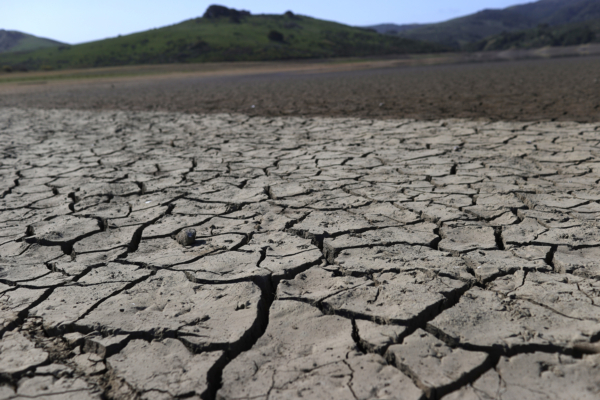New York City experienced only 0.81 inches of rainfall in October this year, with Central Park in Manhattan recording no rainfall for 29 consecutive days, marking the driest period in nearly a century. Mayor Eric Adams and Rohit T. Aggarwala, Commissioner of the NYC Department of Environmental Protection, issued a Level 1 drought alert on November 2, urging government agencies to implement water conservation plans and encouraging residents to conserve and store water resources for future needs.
In a statement, Mayor Adams highlighted that it is one of the driest periods in nearly a century and called on New Yorkers to conserve water as much as possible. He also directed city agencies to update and implement water conservation plans promptly, stating, “By conserving water starting now, we can ensure that our parks and pools have water for next summer as much as possible and prevent more severe drought emergency situations.”
October of this year marked the second-longest drought period for New York City since 1869. The Delaware Aqueduct, responsible for supplying half of NYC’s water, received only 0.81 inches of rainfall in the local watershed, significantly lower than the average October rainfall of 3.81 inches in previous years. Additionally, Central Park has not seen any rainfall for 29 consecutive days, breaking the rainless streak record since 1924 when there were 36 consecutive rain-free days.
The current “drought watch” issued by the city government is the first level among the three water conservation notices in NYC. Depending on the water shortage situation, authorities may upgrade to a “drought warning” or a “drought emergency,” which would impose water use restrictions on both government and residential areas.
Commissioner Aggarwala emphasized that October of this year has been one of the driest in nearly a century, with minimal inflows to reservoirs and an average daily water consumption of about 1 billion gallons by NYC residents. To tackle potential long-term drought challenges, he urged the city’s 8.3 million inhabitants and the 1.5 million residents in northern New York State to collectively conserve water.
Aggarwala noted that the northern region of New York State, where the reservoirs are located, needs at least 6 inches of rainfall to help replenish water levels. However, it is expected that the next 2-3 months will be even drier, with rainfall amounts not exceeding the yearly average. The city administration will monitor drought conditions daily and may progress to the next stage of alert in the coming weeks.
Mayor Adams’ office recommended that individuals incorporate the following water-saving habits into their daily routines: avoid unnecessary flushing of toilets, shorten shower times and reduce bathtub water usage, turn off taps while shaving, washing hands, or brushing teeth, run dishwashers and washing machines only with full loads, and install low-flow toilets and showerheads.

